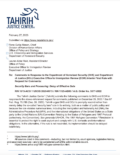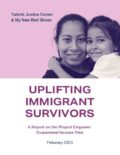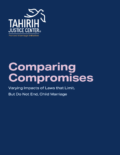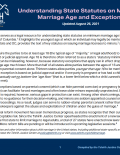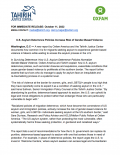Publications
Browse our publications to learn more about how we support immigrant survivors of gender-based violence through service in communities, courts, and Congress.
Browse our publications to learn more about how we support immigrant survivors of gender-based violence through service in communities, courts, and Congress.

